
Abraham Owen Woodruff was an American missionary who was a member of the Quorum of the Twelve Apostles of the Church of Jesus Christ of Latter-day Saints. He was also the son of LDS Church president Wilford Woodruff.
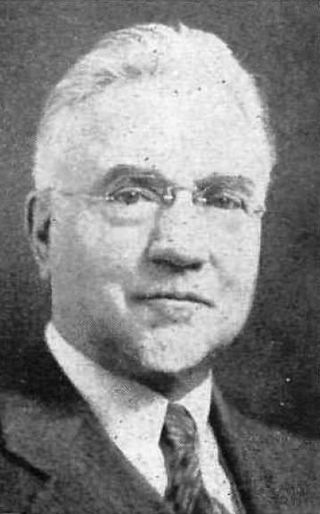
John Andreas Widtsoe was a Norwegian-American scientist, author, and religious leader who was a member of the Quorum of the Twelve Apostles of the Church of Jesus Christ of Latter-day Saints from 1921 until his death in 1952.

Brigham Young Jr. served as president of the Quorum of the Twelve Apostles of the Church of Jesus Christ of Latter-day Saints from 1899 until his death. His tenure was interrupted for one week in 1901 when Joseph F. Smith was the president of the Quorum.

Orson Spencer was a prolific writer and prominent member of the Church of Jesus Christ of Latter-day Saints. He served in several highly visible positions within the church and left an extensive legacy of theological writings. Orson Spencer is one of the examples William Mulder cites of highly educated people becoming Mormons during the time of Joseph Smith

Martha Maria "Mattie" Hughes Cannon was a Utah State Senator, physician, Utah women's rights advocate, suffragist, polygamous wife, and a Welsh-born immigrant to the United States. Her family immigrated to the United States as converts to the Church of Jesus Christ of Latter-day Saints and traveled West to settle in Utah territory with other Saints. She started working at the age of fourteen. At sixteen she enrolled in the University of Deseret, now called the University of Utah, receiving a Bachelors in Chemistry. From there she attended the University of Michigan and received her MD. She became the fourth of six wives in a polygamous marriage to Angus M. Cannon, a prominent Latter-day Saint leader during the anti-polygamy crusade. Cannon exiled herself to Europe so she wouldn't have to testify against her husband and others. Upon returning to Utah, Cannon worked as a doctor and fought for women's rights. She helped put women enfranchisement into Utah's constitution when it was granted statehood in 1896. On November 3, 1896 Cannon became the first female State Senator elected in the United States, defeating her own husband, who was also on the ballot. Martha Hughes Cannon was the author of Utah sanitation laws and was a founder and member of Utah's first State Board of Health.

Joseph Angell Young was an apostle of the Church of Jesus Christ of Latter-day Saints. Young is one of the few Latter-day Saints in history to have been ordained to the office of apostle without ever becoming a member of the Quorum of the Twelve Apostles or the First Presidency.

Alice Louise Reynolds was a Brigham Young University (BYU) professor. Reynolds furthered her studies out east, receiving a bachelor's degree from the University of Michigan. She taught college-level courses at Brigham Young Academy until it dissolved into BYU, and she was the first woman to do so. She was the second woman in Utah to be named a full professor, and the first woman to be a full professor at BYU. She worked to establish the library at Brigham Young Academy, and through her efforts, she was able to collect over 100,000 donated volumes. She worked as an editor for the Relief Society Magazine and contributed to other LDS Church-affiliated magazines. Reynolds was an outspoken Democrat and served on the party's committee and as a delegate to the party's national convention. Reynolds died in 1938 of cancer.
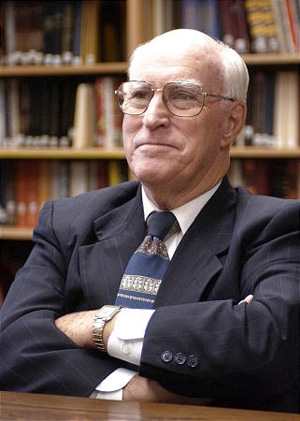
Robert James Matthews was a Latter-day Saint religious educator and scholar, teaching in the departments of Ancient Scripture and Religious Education at Brigham Young University (BYU) in Provo, Utah.
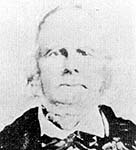
Zera Pulsipher was a First Seven Presidents of the Seventy of the Church of Jesus Christ of Latter-day Saints. In that capacity, he provided leadership to the early Mormon community, most notably in the exodus of a large group of Saints from Kirtland, Ohio. He was also an active missionary who baptized Wilford Woodruff into the LDS Church.

Phineas Howe Young was a prominent early convert in the Latter Day Saint movement and was later a Mormon pioneer and a missionary for the Church of Jesus Christ of Latter-day Saints. Phineas Young was an older brother of Brigham Young, who was the president of the LDS Church and the first governor of the Territory of Utah.
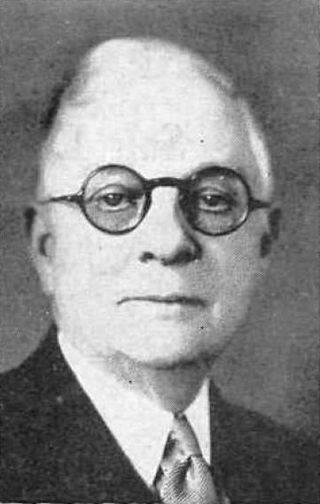
Levi Edgar Young was a general authority of the Church of Jesus Christ of Latter-day Saints. He was one of the seven presidents of the Seventy from 1909 until his death. He has been associated with the release of the 1832 account of Joseph Smith's First Vision, which was previously not widely known. Aside from his service in the Seventy, Young served as president of various LDS Church missions. Young received a master's degree from Columbia University in history and was a professor of history at the University of Utah.
Richard Olsen Cowan is a historian of the Church of Jesus Christ of Latter-day Saints and a former professor in the Church History Department of Brigham Young University (BYU). He was one of the longest-serving BYU faculty and the longest-serving member of the Church History Department ever.
Arnold Kent Garr was the chair of the department of Church History and Doctrine at Brigham Young University (BYU) from 2006 to 2009. He was also the lead editor of the Encyclopedia of Latter-day Saint History.
Paul Robert Cheesman was an American academic and a professor of religion at Brigham Young University (BYU).

Howard Roscoe Driggs was an English professor at the University of Utah and New York University. He also was the author or editor of more than 50 books, including at least seven novels.
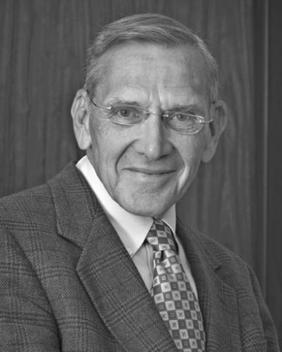
Ronald Warren Walker was an American historian of the Latter Day Saint movement and a professor at Brigham Young University (BYU) and president of the Mormon History Association. His work, acclaimed by the Mormon History Association, dealt with the Godbeites, the Utah War, and the Mountain Meadows Massacre, among other topics.
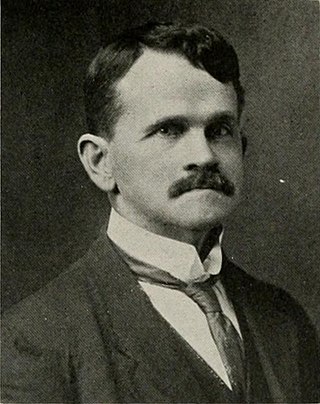
William Henry Chamberlin Jr. was an American Mormon philosopher, theologian, and educator. His teachings and writings worked to reconcile Mormonism with the theory of evolution. He taught philosophy and ancient languages as well as science and math at several Latter-day Saints (LDS) institutions including Brigham Young University in the early 20th century. He was one of four educators at Brigham Young University whose teaching of evolution and attempts to reconcile it with Mormon thought, although strongly popular with students, generated controversy among university officials and the LDS community. Chamberlin has been called "Mormonism's first professionally trained philosopher and theologian."

Brigham Young was an American leader in the Latter Day Saint movement and a settler of the Western United States. He was the President of the Church of Jesus Christ of Latter-day Saints from 1847 until his death in 1877. He founded Salt Lake City and he served as the first governor of the Utah Territory. Young also led the foundings of the precursors to the University of Utah and Brigham Young University.

The 1911 modernism controversy at Brigham Young University was an episode involving four professors at Brigham Young University (BYU), who between 1908 and 1911 widely taught evolution and higher criticism of the Bible, arguing that modern scientific thought was compatible with Christian and Mormon theology. The professors were popular among students and the community but their teachings concerned administrators, and drew complaints from stake presidents, eventually resulting in the resignation of all four faculty members, an event that "leveled a serious blow to the academic reputation of Brigham Young University—one from which the Mormon school did not fully recover until successive presidential administrations."

James Patten Paul was a Mormon pioneer from Ayrshire in Scotland who trekked to Utah with the David H. Cannon Company in 1861. His chief claim to fame is that he was the stepfather and mentor of doctor, suffragist and first female state senator of the USA Martha Hughes Cannon ("Mattie"). He was also the father of Professor Joshua Hughes Paul, a Mormon university president and newspaper editor, Utah detective Adam Milroy Paul, and silent actor Logan Paul, who, during his career in New York, portrayed, among others, Abraham Lincoln.

















